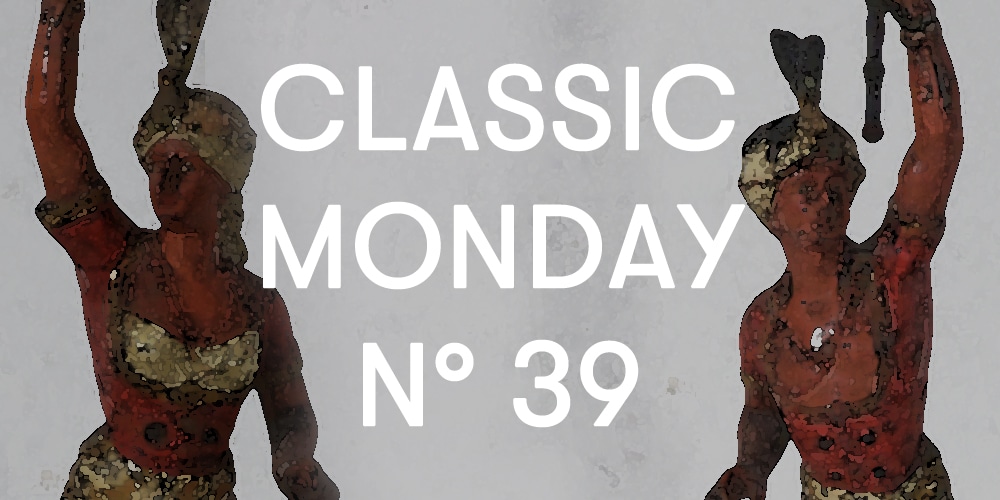
The search for the exotic and the extravagant is a constant that is cyclically found in the history of man and, therefore, also in the history of art.
Since ancient times, obtaining and being able to boast of possessing artifacts or relics from afar was a source of pride.
During the Roman Empire, animals and objects from Africa were in great demand, while later, in the Middle Ages, trade with the East intensified, from which precious fabrics and ointments were required. With the discovery of America, naturally the demand for this type of product intensified. This search for the exotic, in addition to being appreciated for aesthetic reasons, also revealed the discreet economic possibilities of the client, able to procure objects (but also animals and food) difficult to find and certainly very expensive.
Parallel to the import of these objects, a European production developed that recalled this appreciation for the exotic, often with a somewhat romantic taste.

È il caso dei protagonisti del nostro Classic Monday di oggi. Si tratta di una coppia di piccole sculture (visibili sul nostro sito qui e qui).
Sopra a un basamento circolare con decori fitomorfi e floreali a rilievo, sui quali si vedono ancora le tracce dell’antica doratura, poggiano le due sculture. Dalle fattezze di indiani, un uomo e una donna, i due personaggi sono raffigurati in una posa dinamica: un piede poggiato a terra, mentre la gamba opposta è sollevata, come nello slancio di una corsa. Un braccio sollevato oltre la testa, mutilo all’altezza del polso nella figura femminile, mentre quella maschile sostiene ancora un torciere che funge da porta cero.
Both are dressed in short and colorful exotic dresses, colored pearl jewels around their necks, while on their heads they wear a feathered turban. The two characters clearly recall the oriental world, with the richness of the fabrics and the preciousness of the fine gilding that embellish the drapery.
The two sculptures are in so-called cold painted Vienna bronze, a widespread production in the Austrian city between the late nineteenth and early twentieth centuries.
Although the name of the material seems to clearly denounce its composition, this was actually made up of an alloy of different metals. Among the most famous producers is Franz Xaver Bergmann (1861-1936); Owner of an important Viennese foundry, he was known for the production of small bronzes with an exotic theme.
These small sculptures had the function of candle holders and candlesticks, but also as furnishings and decorative elements in homes and small private collections. Even today, they are in demand and appreciated for their refinement and exceptionality.











